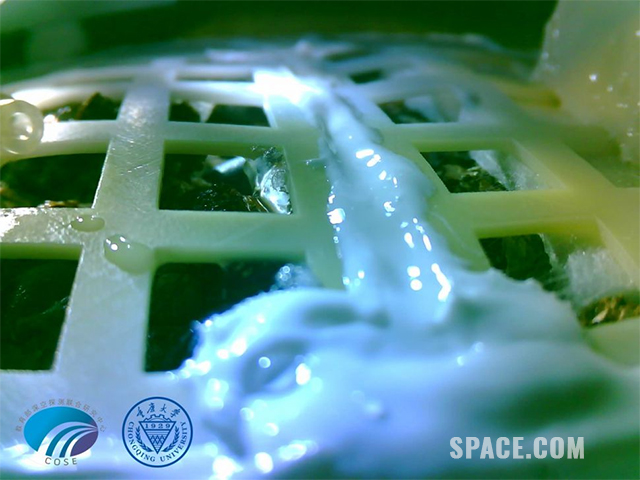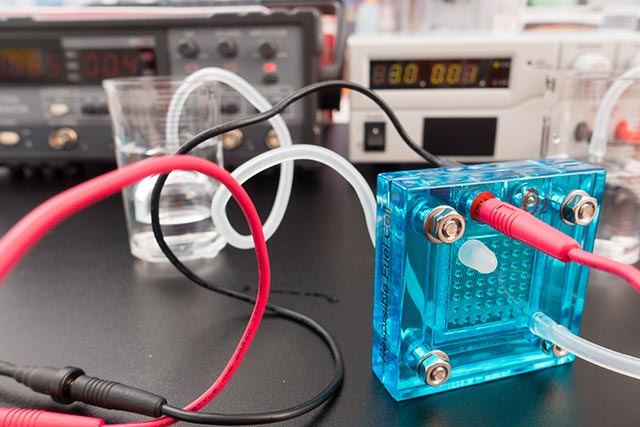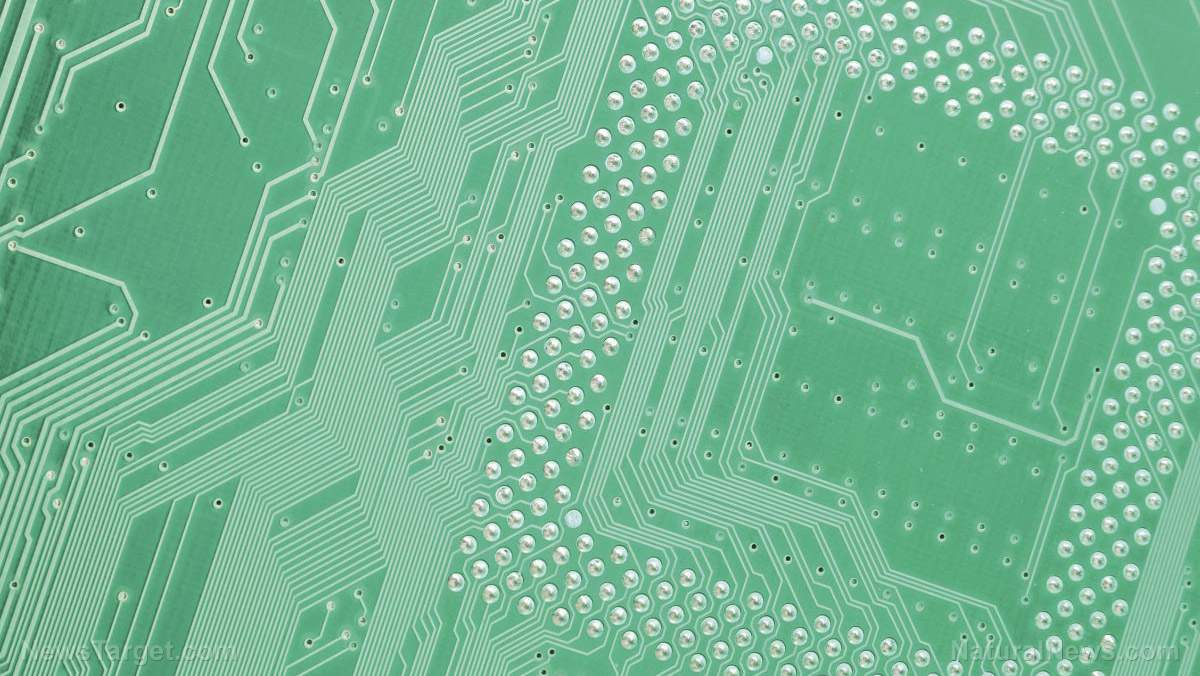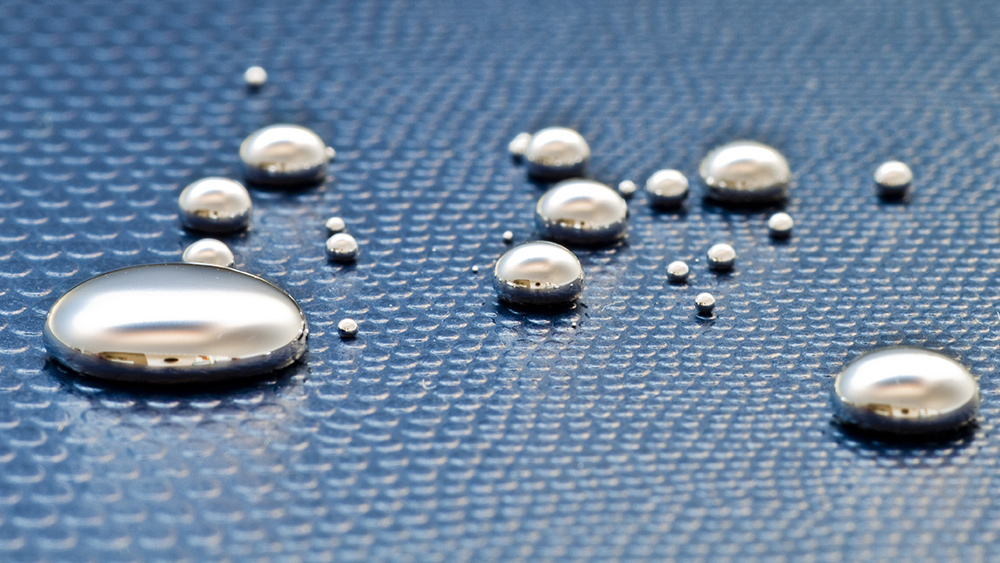A muscle protein shows potential for promoting nerve healing
04/16/2019 / By Edsel Cook
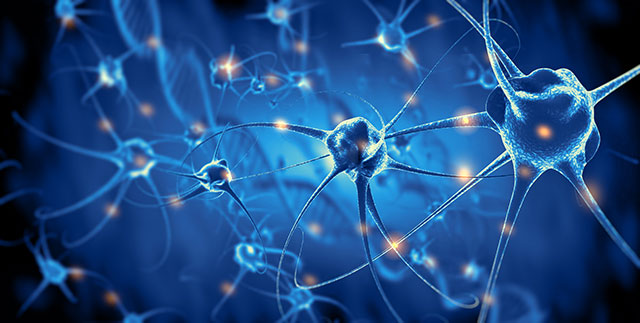
It might soon be possible to treat conditions caused by injuries to nerve fibers in the central nervous system. German researchers reported that they could induce a regenerative protein to form in damaged nerve cells. The protein in question is usually present in muscle cells, and it promoted the healing of injured cells.
Most cells in the body are capable of repairing injuries. They accomplish this by releasing proteins associated with cellular regeneration. But the nerve cells that make up the brain, optic nerve, and spinal cord are not naturally capable of such regeneration. Either these cells cannot synthesize the proteins necessary to mend their wounds, or they do not produce enough to activate the healing process.
A research team at the Ruhr-University Bochum (RUB) evaluated various scenarios involving injured nerve cells. They found that a particular protein will naturally form in the wounded cells if certain requirements are met.
This protein is called the muscle LIM protein. As its name implied, it should only be found in muscle cells. However, during its rare appearances in nerve cells, the muscle LIM protein encouraged the regeneration of injured nerves and nerve fibers. (Related: Why astragalus is good for your nervous system.)
Neurons in the central nervous system cannot heal on their own
Permanent disability is likely to result when a disease or injury targeted the nerves within the central nervous system. For example, a spinal injury will lead to paralysis of muscles and limbs, while a damaged optic nerve could lead to blindness.
RUB researcher Dietmar Fischer explained that there is no available therapy for regenerating damaged nerves. Such an approach required the injured cells to produce sufficient amounts of proteins connected with the healing process.
Nerve fibers are incapable of creating these vital proteins. If they ever get injured, the damage cannot be undone. Therefore, Fischer believed that the best approach was to look for proteins associated with regeneration. Then they could stimulate the nerve cells to produce the selected protein, thereby getting the nerve to begin regeneration.
He and his research team looked into techniques of getting neurons to produce muscle LIM protein. This protein is responsible for repairing damage sustained by muscle cells. It is especially prevalent in the heart, which is constantly working and required nonstop regeneration of worn-out cells and tissues.
A muscle protein could be key to regenerating damaged nerve cells
In an animal model, the RUB research team artificially stimulated the optic nerve of lab rats to grow new nerve fibers. They found that the stimulation caused the nerve cells to start releasing muscle LIM protein.
During the regrowing process, the protein concentrated in the tips of the nerve fibers. It helped the fibers form growth cones – natural shapes that are critical to the regeneration process.
Fischer noted that this was the very first proof that muscle LIM protein was involved in the physiological processes of non-muscle tissues. Previously, the protein was believed to be restricted to muscle cells.
The researchers conducted additional testing on the treated rats. When they stopped the protein from functioning properly or impeded its release, they saw a dip in the production of new nerve fibers.
Next, they induced the damaged nerve cells to start producing muscle LIM protein. The treated nerve fibers displayed a considerable boost in their regenerative ability. These results led them to conclude that the regenerative effect of muscle LIM protein also applied to nerve cells.
“At the Department for Cell Physiology, we will continue to study if similar methods may promote the regeneration in other regions of an injured brain or spinal cord resp. after a stroke,” Fischer promised.
Sources include:
Tagged Under: breakthrough, central nervous system, discoveries, muscles, nerve cell damage, nerve cells, nerve regeneration, protein, research


